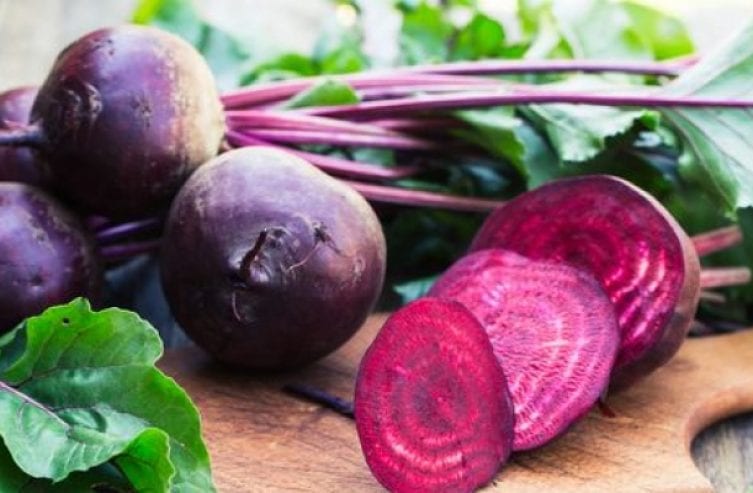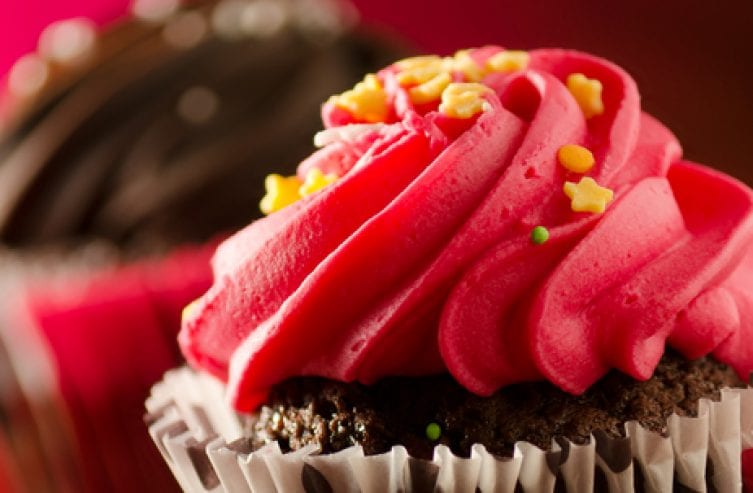We feel it’s worth mentioning that beetroot is actually one of the healthiest vegetables around – something not everyone realizes. Most of the beet we tend to come across is a rich purple color (though it can be white or golden) and has been cooked or pickled, but can beet also be eaten raw? Finally, it true that there is a connection between beetroot and cupcakes? Read on to find out more, and to learn some interesting facts about this red root vegetable.

Well, let’s get down to our main question: Can beetroot be eaten and enjoyed raw? If we are regular beetroot eaters, the chances are that we’ll be eating our beetroot as a cooked (steamed, boiled or roasted) or pickled food. That’s true regardless of whether our beetroot comes from the supermarket or from the restaurant; however different the preparation involved might be, our supermarket beetroot products and our restaurant-crafted beetroot salad have one thing in common: in most cases, the beetroot is cooked! So, does this mean that raw beet isn’t good to eat? On the contrary! With a high sugar content, beet is delicious eaten raw. What’s more, raw beet is even healthier than cooked beet– its nutrients are heat sensitive, and they are diminished during storage and cooking. So, absolutely the best thing to do is to take a fresh beet and enjoy it raw… in a raw beet salad, for example.
Beet leaves – healthy and delicious
What are the beet’s leaves good for? Anyone who’s immediately thought: ‘they’re good for throwing on the compost heap’ needs to seriously think again because beet leaves are much too good for the compost heap! They are a very rich source of important nutrients – much more so than even the root bulb, in fact. And, what’s more, they also have outstanding flavor. So, next time you’re faced with the decision, give careful thought to the destination of your beet leaves – and make it the pan and not the compost heap! One thing you might try is sautéing beet leaves with tomatoes – why not check out our delicious recipe below?
So now, that just leaves us with the question of cupcakes. Obviously, there is a natural tendency to associate vegetables with mains dishes – and beet certainly adds a splash of color to the dinner plate. We can’t just leave it there though, because beet juice is also popular and it’s frequently used as a natural food coloring for cupcakes, cookies, pastries etc. See?There is a connection after all!

One small word of advice: Beet doesn’t only add color to your culinary delights, it also stains hands, T-shirts and pretty much anything it comes into contact with. So, when you’re peeling and processing your purplish-red bulbs, think about wearing gloves and an apron!
Storage
In order to ensure that raw beet keeps fresh for as long as possible, it’s best to refrigerate it.
In a refrigerator compartment beet will remain fresh for up to 6 days.
In a Liebherr BioFresh compartment it will keep for up to 18 days.
Food Facts
Beet has been on the scene as a cultivated vegetable and as a medicinal plant for some 2000 years now. With high levels of vitamins, minerals and folic acid it’s long been considered a real cure-all.
Beet stimulates liver cell function, aids digestion and the metabolizing of fats, and is believed to help lower blood pressure and thereby offer protection against heart attacks, strokes and vascular disorders, when consumed regularly.
All in all, that’s pretty impressive, so it’s definitely worth sitting up and taking notice of this often overlooked vegetable.